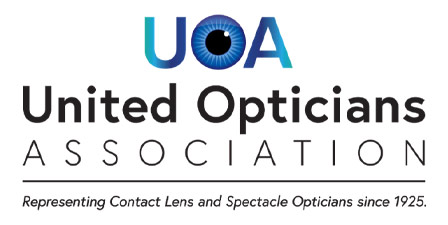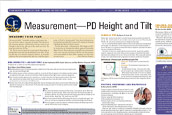By Linda Conlin, Pro to Pro Managing Editor

New research published in Ophthalmology investigated the use of artificial intelligence (AI) models and smartphone-captured images to identify the early stages of specific pediatric eye diseases. Investigators at the Department of Ophthalmology of Shanghai Ninth People’s Hospital, School of Medicine, Shanghai Jiao Tong University identified three ocular diseases that are commonly known to contribute to eye problems and potentially lead to long-lasting visual health damage among pediatric patients: Myopia, strabismus, and ptosis. Early screening and detection are critical for successful management and treatment of such ocular diseases, particularly among the young patient population.
Researchers sought to develop an AI-based, deep-learning based, multifunctional model that used mobile (ie: smartphone) photographs to predict the onset of myopia, strabismus, and ptosis in pediatric (child and adolescent) patients. The study used the ConvNeXt deep learning network to independently detect those diseases. A total of 1,419 images obtained from 476 patients aged between 6 and 12 years were used to build the model. Among them, 946 monocular images were used to identify myopia and ptosis, and 473 binocular images were used to identify strabismus. Key areas photographed for identifying the diseases were as follows: Myopia - the sclera (at the temporal edge of the pupil in the affected eyes), for strabismus - on the side of the affected eyes, and for ptosis - on the eyelids.
Participants’ faces were photographed in the clinic room, using a smartphone. All participants received an ophthalmologic examination and were diagnosed by a professional ophthalmologist. The models demonstrated a high accuracy in detecting all three ocular diseases: Myopia: 95% confidence interval (CI), strabismus: 95% CI, and ptosis: 95% CI. These results suggest that AI prediction models utilizing smartphone photographs may identify eye diseases in children and adolescents, providing a handy and early diagnostic tool for families to use at home. This will facilitate early identification and reduce the risk of visual function loss and severe problems due to delayed screening. Moreover, the researchers believe that using such information can help achieve a more equitable allocation of limited medical resources. This is critical to the advancement of global health standards.












